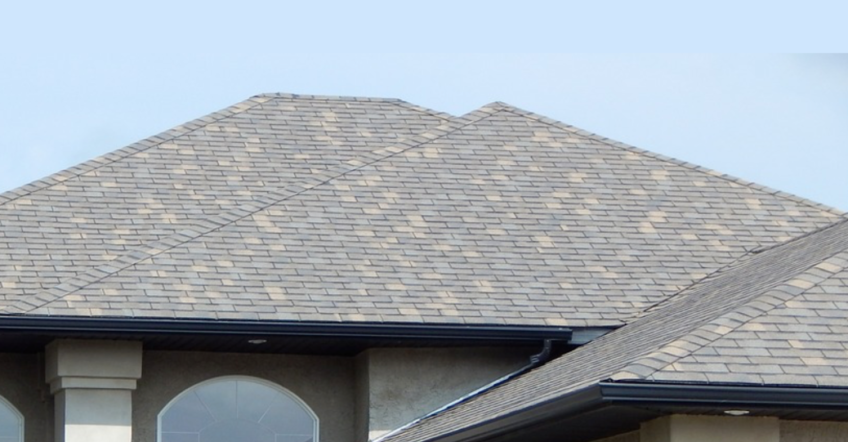Actually, by saving your roof, you will be saving your whole home. A roof is the most vulnerable part of your house, so it’s essential that you check its state regularly (at least once a year). Not to mention that roofs built before 1981 are considered to be low-quality today. Careful inspection of your roof can save you from quite a lot of trouble. After all, that saying “a roof over your head” definitely stands for something. Therefore, let’s take a look at what you have to pay attention to if you are to keep that roof over your head.
Check the eaves
Roof eaves are important because their role is to prevent the sunlight from entering glass windows directly (which would certainly raise the home temperature) and to stop rain from entering the house. If they are in bad shape, shabby eaves allow rain and wind into your home. To get the bigger picture, imagine a strong wind blowing into the roof cavity with such force that it damages the ceiling and the wall lining. Even worse – it can cause the whole ceiling to collapse. Therefore, checking eaves is essential.
Is the flashing in order?
It’s all about the details sometimes. Once you’re at it (i.e. on the roof), look for signs of deterioration near the seams, such as rust, or cracked caulk. Areas around chimneys and air-conditioning units are especially prone to damages. These may not seem like much, but once a big storm hits, water will start pouring in through your roof.
Inside warning
Of course, we don’t climb our roofs quite often, so alarming signs are usually first noticed from the interior. From time to time, it would be wise to take a good look at the ceiling to see if there are any signs of dark spots appearing; if the roof overhangs have some peeling paint, you’ve got yourself some leaking. Also, any damp spots near your fireplace are pointing out the roof should be fixed.
Are all the tiles in place?
First of all, check if any of the tiles are missing, and replace them immediately. In addition, take a closer look and try to find any blistering or cracking tiles. Such signs of wear are telling you it’s high time you replace them.
Steel panels can show signs of corrosion, and also you can find some areas that are pooling water. Neither of them is good, so get them fixed as soon as possible. In some cases, you gonna need to weld the panels to each other. However, welding work must complete using qualified procedures, it involves expensive equipment and can even be dangerous, so you may consider getting help from the professionals.
By the way, most tiles are to be attached with clips or screws to roof battens. Forget what you hearing about nails – they won’t be strong enough to endure cyclone gusts and gales.
Shape of roof
Perhaps you were unaware of this when you were purchasing or building your home, but certain roof shapes are more resistant to the damage than the others. For instance, you should definitely avoid gable roofs (inverted V-shape roofs). These roofs with vertical walls on each end are just perfect to lift by a cyclone. If you do have one, think about sealing the vents at the end of your gable roof. This way, you will avoid increasing pressure inside your home during a storm.
On the other hand, roofs shaped like a pyramid stand a better chance. Basically, roofs with multiple slopes have prove to be much more stable when a cyclone hits. A roof slope of 30 degrees is said to be the best when talking extremely strong winds.
To conclude, remember once more that when it comes to cyclones, it’s much better to be safe than sorry. Checking your roof from the outside at least once a year is a must, and from the inside can be done more often. If you plan on keeping that roof over your head, that is.
By Milton Lewis








